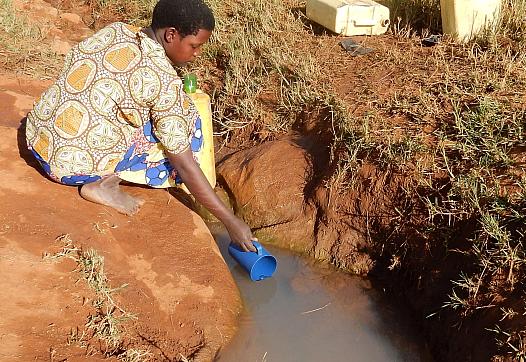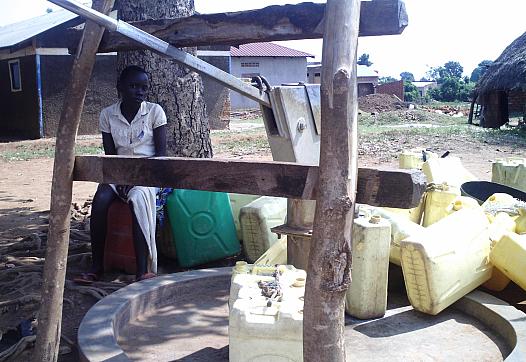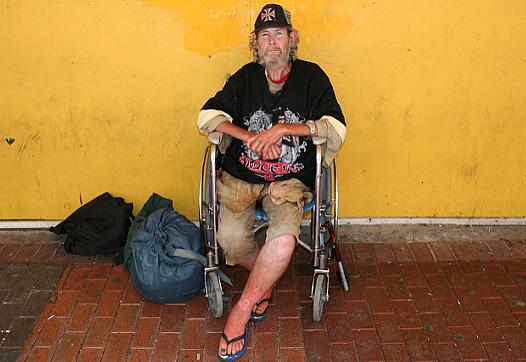It took less than 30 minutes for the 2-year-old golden retriever to die. One moment, the dog was swimming alongside her owners' canoe. The next, she was seizing and foaming at the mouth. Experts say toxic algae is a rising threat in California waters.
Environmental Health

According to a survey conducted in early 2016 by ACH360, a nonprofit organization promoting health for rural communities in Ngora, Uganda, traditional beliefs associated with cancer in women are the reason why many do not seek early diagnosis and treatment.

For many young women in rural Eastern Uganda, access to clean water is just one of many obstacles barring educational achievement and an escape from generational poverty

California has the worst air in the nation. Yet in the Los Angeles region, home to some of the country’s foulest air, kids are now breathing considerably easier. Wait — how does that work?

The tragedy in Flint continues to fill headlines. But nearly every community is at risk from some form of lead contamination. In our webinar this week, veteran reporters and experts offered journalists fresh ideas for covering such stories.

When reporting on risk factors that shape health, it's not uncommon for critics to suggest you've confused causation with correlation. Here are three steps you can take to ensure your reporting can weather such storms of doubt.

"It’s around 10 p.m. when I call a crisis worker for victims of domestic violence in remote Northern California," writes reporter Emily Cureton. "I’m panicking, 150 miles away in Oregon. I’m really afraid someone is going to get hurt tonight."

“One important thing is to find your advocate,” veteran reporter John Gonzales told fellow journalists this week. “You got to find someone who is going to be there for you when you’re having trouble with access.”

Does a forthcoming ban on smoking in public housing promote the health of residents or amount to "nannying the poor"? Reporter Jennifer Bihm looks into the issue.

Two journalists, a doctor and a nonprofit leader offer tips and context for how to tell urgent stories from underserved communities in the midst of the ongoing Obamacare rollout.
